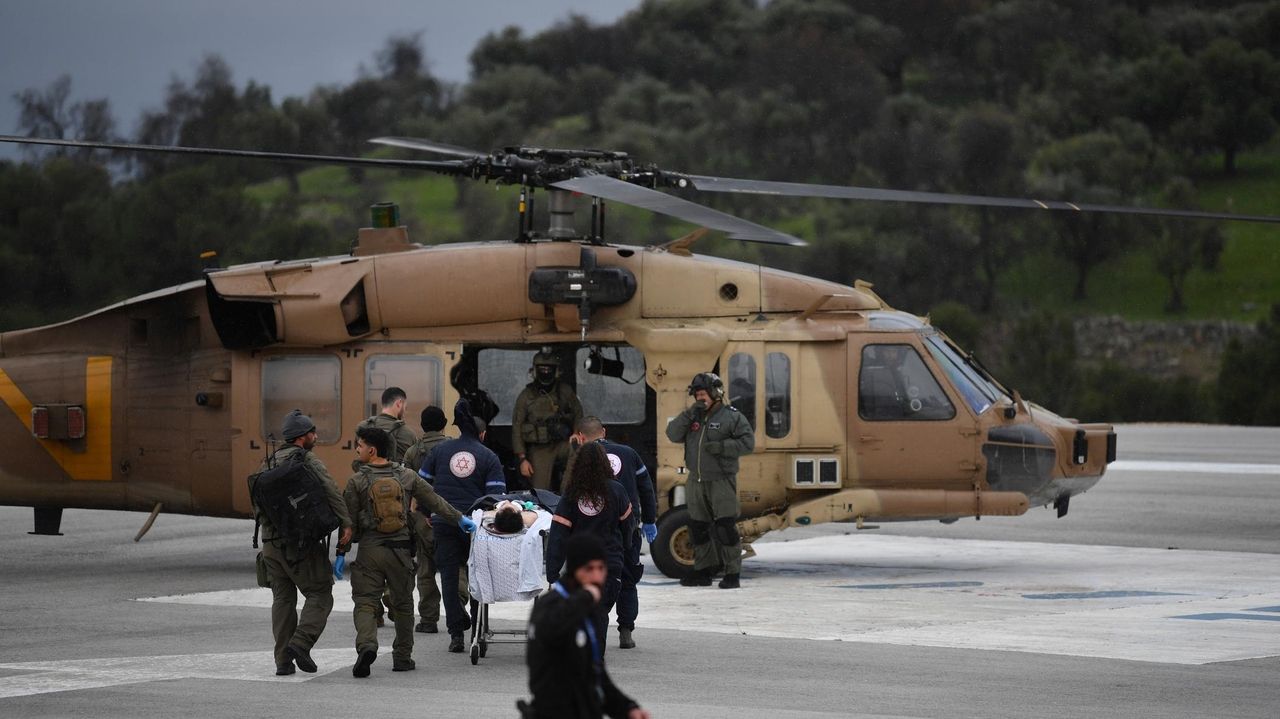BEIRUT — The slow-simmering cross-border conflict between Lebanon’s Hezbollah militant group and Israeli forces escalated Wednesday, reviving fears that the daily clashes could expand into an all-out war.
A rocket fired from Lebanon struck the northern Israeli town of Safed, killing a 20-year-old female soldier and wounding at least eight people.
Israel responded with airstrikes that killed at least five people in southern Lebanon, including a Syrian woman, her two children and two Hezbollah fighters. Nine people were wounded.
The cross-border violence was triggered by the Israel-Hamas war in Gaza, which in turn was set off by the Oct. 7 attack on southern Israel by Hamas, a Hezbollah ally.
Hezbollah did not claim responsibility for Wednesday’s strike. But it has vowed to continue its attacks until there is a cease-fire in Gaza. Amid fears of a further escalation, here’s a look at the arsenals of the two sides:
WHAT ARE HEZBOLLAH’S MILITARY CAPABILITIES?
Hezbollah is the Arab world’s most significant paramilitary force with a robust internal structure as well as a sizable arsenal. Backed by Iran, its fighters have gained experience during Syria’s 13-year conflict in which they helped tip the balance of power in favor of government forces.
Hezbollah’s leader, Hassan Nasrallah, had boasted that the group has 100,000 fighters, though other estimates put its troop strength at less than half that. Israel wants Hezbollah to withdraw its elite Radwan Force from the border so tens of thousands Israelis displaced from northern towns and villages can return home.
Hezbollah holds a vast arsenal of mostly small, portable and unguided surface-to-surface artillery rockets, according to the Center for Strategic and International Studies, a Washington think tank. The U.S. and Israel estimate Hezbollah and other militant groups in Lebanon have some 150,000 missiles and rockets. Hezbollah also has been working on precision-guided missiles.
Hezbollah has previously launched…
Read the full article here

Leave a Reply